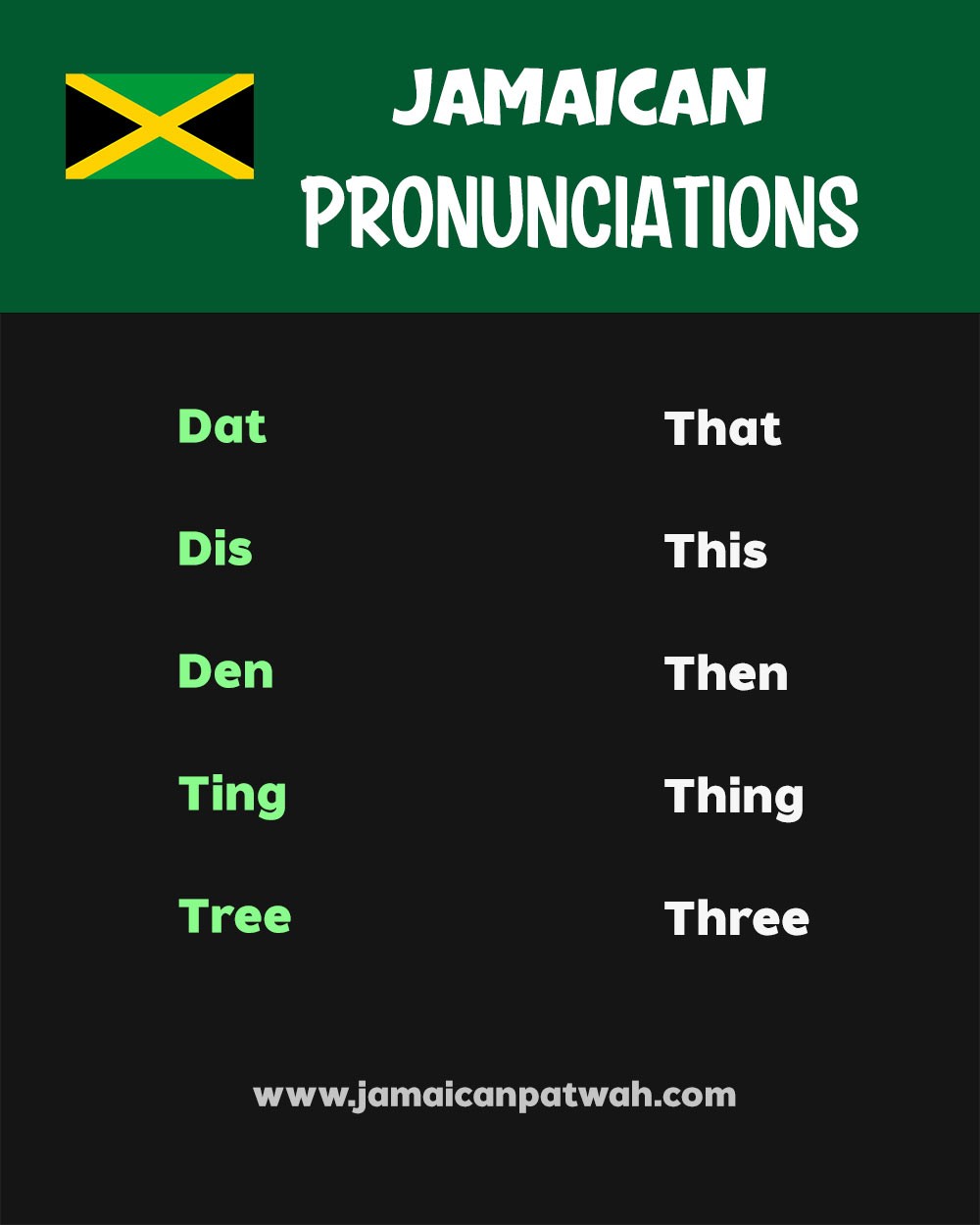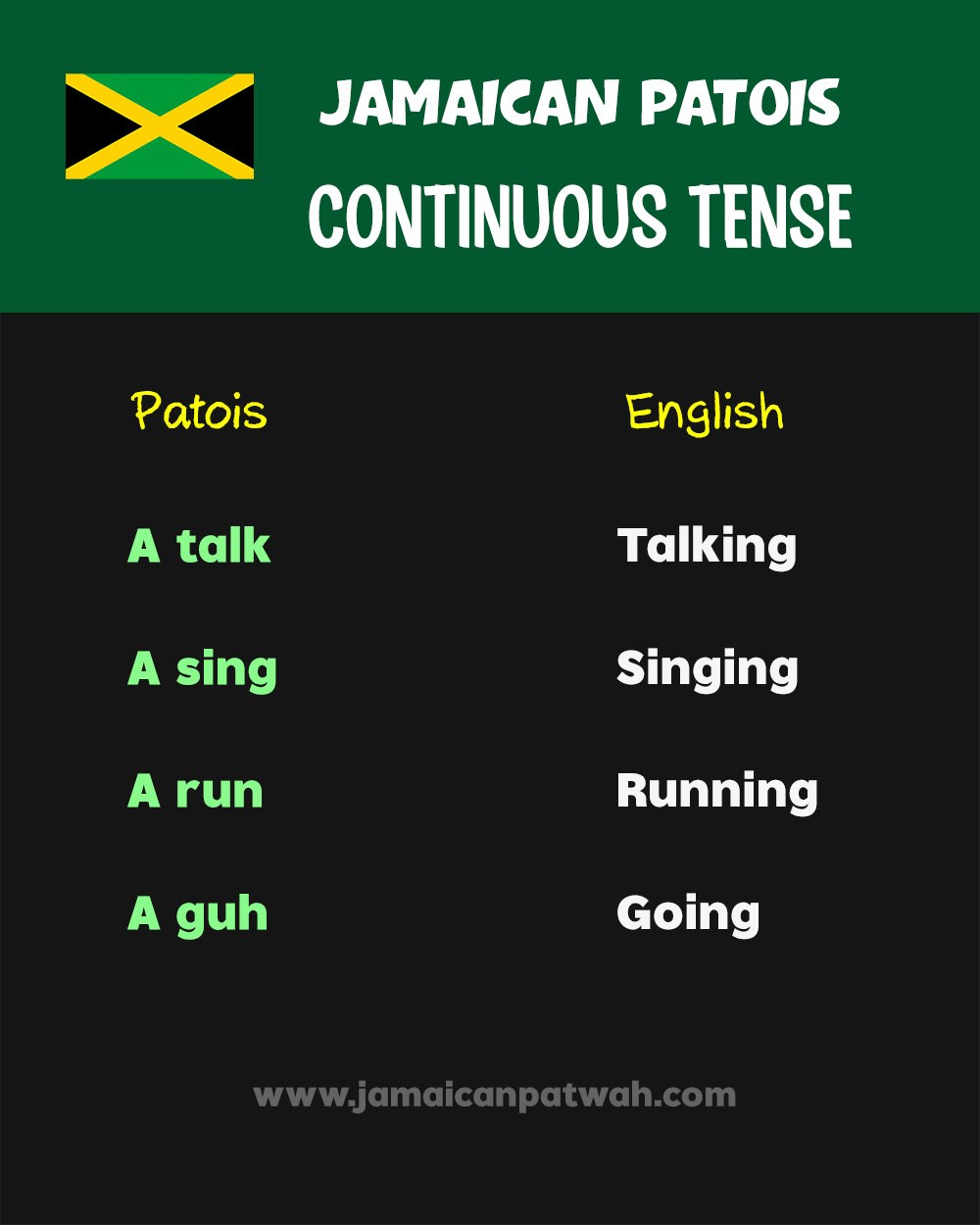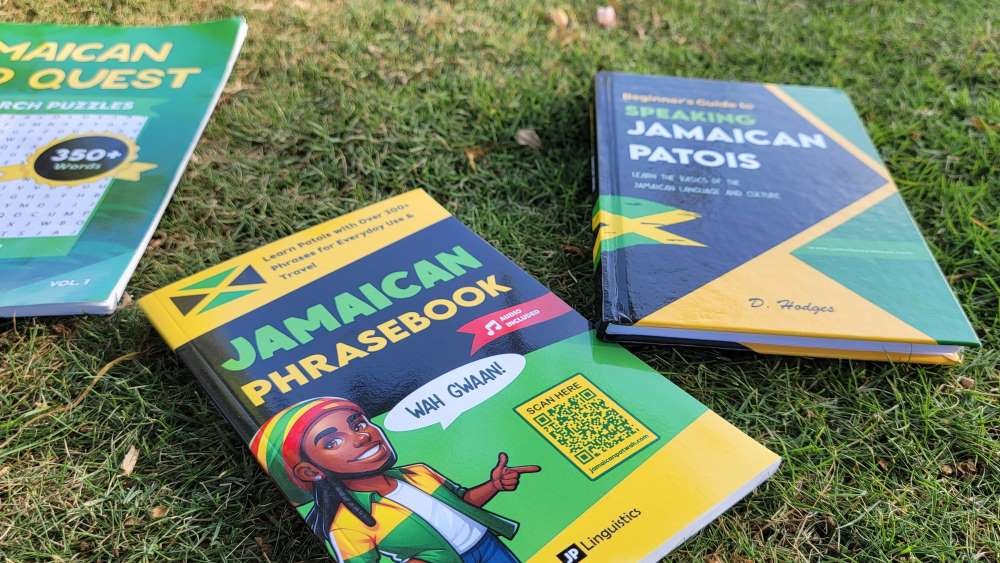Wah Gwaan! Embark on an exciting exploration into the vibrant heart of Jamaica through its captivating language – Jamaican Patois. Often called Patwa, Jamaican Patois is more than just a dialect; it’s the pulsating soul of Jamaican culture. This expressive language, a unique tapestry woven from African influences and English roots, resonates with millions globally. If you’re looking to Learn Patois, you’ve come to the right place. This guide will illuminate your path into understanding and speaking this dynamic language.
Unveiling the Origins of Patois
Imagine a melting pot of linguistic flavors, where diverse cultures blend to create something uniquely flavorful. That’s the genesis of Patois. As people from various corners of the world converged in Jamaica, their languages intertwined, giving birth to the captivating vernacular we know today.
Jamaican Patois wasn’t simply a haphazard linguistic fusion; it was sculpted by shared experiences, echoing the joys, struggles, and resilience of its speakers. It became the resonant voice of Jamaica, a powerful means of expressing collective identity and fostering unity. Today, when you hear Patois, you’re listening to echoes of history, narratives of countless lives interwoven into a language as spirited and dynamic as the Jamaican people themselves.
Patois Pronunciation: Sound Like a Native
This guide is crafted to equip you with the foundational skills necessary to confidently speak and comprehend Jamaican Patois. We’ll navigate pronunciation nuances, grammatical structures, essential vocabulary, and more, providing you with practical insights for effective communication. If you truly want to learn patois, mastering pronunciation is your first step.
By the culmination of this linguistic journey, you’ll be prepared to engage in basic conversations, grasp the subtle nuances of Patwah, and cultivate a profound appreciation for the rich tapestry of Jamaican culture.
Let’s dive in and explore the colorful world of Jamaican Patois. Yuh ready fi dis? (Are you ready for this?).
Pronunciation stands as the cornerstone of authentically speaking Jamaican Patois. Distinct from Standard English, Patois boasts its own set of sounds that might initially seem challenging but are indispensable for accurate articulation. To effectively learn patois, focusing on these unique sounds is crucial.
Let’s begin by highlighting some distinctive sounds in Patois that might not be present in English:
The ‘th’ Sound Transformation
This is particularly intriguing as the ‘th’ sound often morphs into a ‘d’ or ‘t’ sound in Patois. Consequently, “that” evolves into “dat,” and “think” becomes “tink.” This phonetic shift is a hallmark of Patois pronunciation.
The Dance of the ‘H’: Omission and Addition
Jamaican Patois operates with unique rules governing the presence of ‘h’. You’ll notice Jamaicans sometimes omit ‘h’ at the start of certain words. So, “head” might become “ed.” Conversely, they occasionally add ‘h’ to words beginning with a vowel. Hence, “all” could transform into “hall.” Understanding these ‘h’ rules is key when you learn patois.
The optimal approach to mastering these sounds is through auditory immersion. We highly recommend listening to audio recordings of native Patois speakers or utilizing language apps that offer phonetic transcriptions. This enables you to practice and refine your pronunciation by comparing it against authentic examples. Resources like YouTube channels dedicated to Jamaican Patois can be invaluable for auditory learning.
Cracking the Code: Patois Grammar Essentials
Grammar serves as the structural framework of any language, and Jamaican Patois is no exception. In this section, we will explore the grammatical rules and patterns that shape Patois sentences. You’ll delve into subject-verb agreement principles (or the lack thereof), plural formation techniques, and the distinctive grammatical features that render Patois unique. Grasping these grammatical elements is essential to learn patois effectively.
Basic Structure
1. SUBJECT-VERB AGREEMENT: Simplicity Reigns
Patois sentence construction mirrors English in its subject-predicate-object order. However, a key divergence lies in subject-verb agreement. In Jamaican Patois, verbs remain constant regardless of the subject. The verb form doesn’t change with different subjects, simplifying sentence structure considerably.
| Jamaican Creole | Standard English |
|---|---|
| Mi run | I run |
| Im run | He runs |
| Shi run | She runs |
| Wi run | We run |
| Dem run | They run |
| Unu run | You all run |
| Eyah run | It runs |
| Yu run | You run |







2. Formation of Plurals: Adding ‘Dem’ and More
Standard English typically pluralizes words by appending ‘s’ or ‘es’. In contrast, Jamaican Patois employs a more direct method. Plurality is often indicated by adding ‘dem’ after the noun, or by preceding the noun with ’nuff’ (meaning ‘many’) or a number. This method of pluralization is a distinct characteristic when you learn patois.
| Jamaican Creole | Standard English |
|---|---|
| Plate dem | Plates |
| Baby dem | Babies |
| Pen dem | Pens |
| Teacha dem | Teachers |
| Book dem | Books |
| Nuff banana | Many bananas |
| Ten bwoy | Ten boys |
NOTE: In Jamaican Patois, the suffixes ‘-s’ or ‘-es’ on words do not automatically imply plurality, as illustrated below:
| Jamaican Creole | Standard English |
|---|---|
| Waan shoes | A shoe |
| Waan drinks | A drink |
Subscribe to Our Youtube Channel
Learn Jamaican Patois & Get more of the Jamaican Vibe with our easy to follow video lessons.
3. USE OF PRONOUNS: Gender Neutrality and Objectivity
In Jamaican Patois:
- Gender distinction in pronouns is absent. ‘Im’ serves as a versatile pronoun, encompassing both ‘he’ and ‘she’.
- Subject and object pronouns are not differentiated. The same pronoun form is used in both subject and object positions.
| Jamaican Creole | Standard English |
|---|---|
| Female – im frack look gud | Her frock (dress) looks good |
| Male – im fada gaan | His father is gone |
| Subject – mi a guh | I am going |
| Object – come fi mi | Come for me |
Referencing people in Jamaican Patois differs from Standard English in these ways:
| Jamaican Creole | Standard English |
|---|---|
| Person Speaking (first person) | ‘Mi’ or ‘wi’ |
| Person being spoken to (second person) | ‘yu’ or’unu’ |
| Person being spoken about (third person) | ‘im’ or ‘dem’ |
Possessive pronouns like your, her, his, its, ours, and theirs as distinct words do not exist in Jamaican Patois. Possession is indicated by ‘fi’ followed by the pronoun:
| Jamaican Creole | Standard English |
|---|---|
| Fi mi backle | My bottle |
| Fi yu backle | Your bottle |
| Fi dem backle | Their bottle |
Unique Features
4. USE OF THE COPULA: The Connecting ‘A’
The copula, a connecting word, is represented by the letter ‘a’ in Jamaican Patois. This ‘a’ functions both as a particle and to denote the continuous tense. Understanding the copula is vital when you learn patois grammar.
For example:
| Jamaican Creole | Standard English |
|---|---|
| Im a run | He is running |
| Im a guh fi it | He is going for it |
| Mi a teacha | I am a teacher |
5. USE OF REPETITION/REDUPLICATION: Emphasis and Degree
In Jamaican Patois, repetition serves to express degrees of comparison and to add emphasis. For example, to express how much a child has grown:
| Jamaican Creole | Standard English |
|---|---|
| Di bwoy big, eeh! | The boy has grown |
| Fi real, im big-big! | For real, he is very big |
| A true! Him get big-big | It is true, he has gotten big |
6. USE OF DOUBLE NEGATIVES: Accepted Norm
While double negatives are grammatically incorrect in Standard English, they are perfectly acceptable and common in Jamaican Patois. This is a significant difference to note as you learn patois.
| Jamaican Creole | Literal Translation | Standard English |
|---|---|---|
| Mi nuh have nun | I don’t have none | I don’t have any |
| Shi don’t have nothing | She doesn’t have nothing | She doesn’t have anything |
| Dem don’t live dere nuh more | They don’t live there no more | They don’t live there any more |
| Mi nah guh.nuh weh | I am not going no where | I am not going anywhere |
| Nobady neva see’m | Nobody never saw him | Nobody saw him |
| Nobady nuh live ova deh | Nobody doesn’t lives over there | Nobody lives over there |
7. COMPOUND WORDS: Vivid Imagery
Compound words are frequently used in Jamaican Creole, often creating vivid and descriptive terms. Recognizing these compounds will enrich your vocabulary as you learn patois.
| Jamaican Creole | Literal Translation | Standard English |
|---|---|---|
| Han miggle | Hand middle | The palm (of your hand) |
| Hiez-ole | Ear hole | The ear or the auditory passage |
| Bwoy Pickney | Boy Child | A Young boy |
| Foot battam | Foot bottom | The sole (of your foot) |
| Nose-ole | Nose hole | Nostril |
| Yeye-Wata | Eye Water | Tears |
| Yeye-ball | Eye ball | Eye |
8. Tense: Time Markers Before Verbs
Unlike Standard English verb conjugation for tense, Jamaican Creole maintains verb consistency. Tense is indicated by introducing a separate word placed before the verb. This is a simpler tense system to grasp when you learn patois.
Present Tense:
| Jamaican Creole | Standard English |
|---|---|
| Mi guh | I am going |
| Di ooman a guh a town | The woman is going to town |
| Im a cum | He is coming |
| Mi a cum | I am coming |
Past Tense:
| Jamaican Creole | Standard English |
|---|---|
| Mi did guh | I went |
| Di ooman did guh a town | The woman went to town |
| Im did cum | He came |
| Mi did cum | I came |
In Jamaican Creole, past tense is formed using ‘en’, ‘ben’, or ‘did’, contrasting with English verb changes or ‘-ed’ endings.
Expanding Your Lexicon: Essential Patois Vocabulary
Vocabulary is the bedrock of any language, and in Patois, it’s particularly vibrant and expressive. This section will introduce you to essential words and phrases for everyday communication in Jamaican Patois. Building your vocabulary is a continuous process as you learn patois.
Common Words and Phrases
Here’s a foundational table of common English words with their Patois equivalents to begin building your Patois vocabulary:
| English | Jamaican Patois |
|---|---|
| Hello | Wah Gwaan |
| Goodbye | Likkle more |
| Please | Pleez |
| Thank You | Tank You |
| Yes | Yeh/Yah |
| No | Nuh |
| Friend | Fren |
| Water | Wata |
| Love | Luv |
Greetings and Common Expressions
Familiarize yourself with these Patois greetings and expressions to sound more natural when interacting with Patois speakers:
- Good morning: “Mawnin”
- How are you: “How yuh duh?”
- I’m fine, thank you: “Mi deh yah, tank yuh”
- What’s happening?: “A weh yuh a seh?”
With this vocabulary foundation, you’re well on your way to basic conversations in Jamaican Patois. Remember, consistent practice is key. Integrate these words and phrases into your practice to enhance your comfort and fluency. Soon, expressing yourself with the ease of a local will be within your reach!
Navigating Social Settings: When and Where to Use Patois
Language and culture are inextricably linked, and Jamaican Patois is a vivid reflection of Jamaica’s social fabric. This section guides you on the appropriate use of Patois in various settings, enabling you to navigate Jamaican social landscapes with confidence and cultural sensitivity. Understanding these contexts is crucial as you learn patois and its cultural implications.
Contextual Usage: Adapting to the Setting
Patois is versatile, used in casual chats with friends and in more formal contexts. Here’s how to adjust your Patois use:
- Casual Settings: Embrace slang and idiomatic expressions. For example, “Mi soon come” translates to “I’ll be right back.”
- Formal Situations: Opt for more standard phrases and avoid slang. Instead of “Wah gwaan,” use “How are you doing?” in more formal interactions.
Social and Cultural Nuances: Beyond Words
Understanding Patois extends beyond vocabulary and grammar to include cultural nuances that enhance communication:
- Respectful Address: Use “Miss” or “Missah (Mister)” followed by the person’s first name as a sign of respect.
- Greetings: It’s customary to greet everyone upon entering a room, not just acquaintances.
- Non-Verbal Communication: Body language and tone are significant in Patois communication. A warm tone and a genuine smile can greatly enhance your interactions.
Remember, language is more than just words—it embodies the culture from which it springs. Respectful and contextually appropriate language use is paramount.
Avoiding Pitfalls: Common Mistakes When Learning Patois
Learning any new language comes with its set of challenges. This section highlights common mistakes learners of Jamaican Patois often make and provides practical tips to help you overcome these hurdles. Awareness of these common errors will aid you as you learn patois and strive for fluency.
Learning Challenges: Watch Out For
Here are some common errors to be mindful of:
- Overusing Slang: While slang is integral to Patois, excessive or inappropriate slang use can lead to misunderstandings, particularly in formal situations.
- Literal Translations: Directly translating English phrases into Patois can often result in inaccuracies. Patois idioms and expressions don’t always directly correlate with English.
Tips for Mastering Pronunciation and Grammar
To aid your journey in mastering Patois, consider these effective tips:
- Practice Regularly: Consistency is key to language acquisition. Aim to use Patois daily, even if it’s just in self-practice.
- Learn in Context: Focus on understanding words and phrases within conversational contexts to fully grasp their appropriate usage and nuances.
By recognizing these common pitfalls and implementing the suggested tips, you’ll be better prepared to navigate the intricacies of Jamaican Patois. Maintain consistent practice, remain patient with your progress, and savor the rewarding process of learning this expressive and culturally rich language.
Resources to Master Patois
To further support your language learning journey, a range of resources are available to help you learn patois more effectively.
Our Book Series on Speaking Patois
Our comprehensive book series provides an in-depth exploration of Patois, ranging from fundamental phrases to complex expressions. Each book is tailored to cater to different learning stages, ensuring valuable guidance whether you’re a beginner or seeking to refine advanced skills.
Jamaican Patwah Dictionary
Our online dictionary serves as an invaluable resource for Patois vocabulary enrichment. It’s continuously updated with new words and phrases, complete with definitions and practical usage examples.
Jamaican Patois Translator
When you need quick translations between English and Patois, our translator tool is readily available to assist.
These resources are more than just learning aids; they are gateways to deeply engaging with the Patois language and fostering a stronger connection with Jamaican culture. Utilize them to practice, explore, and experience the joy of confidently communicating in Patois. Embrace the journey to learn patois and unlock a new dimension of cultural understanding.